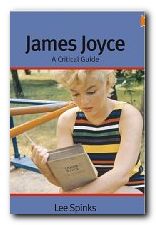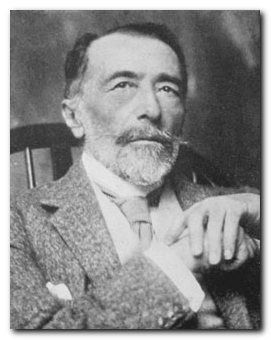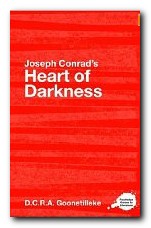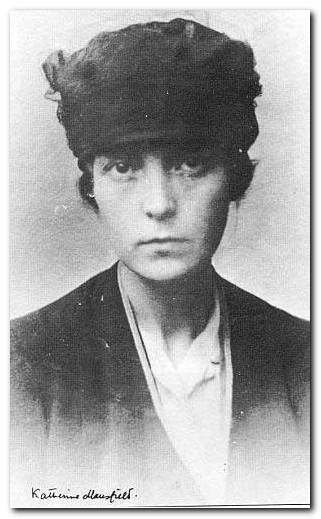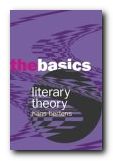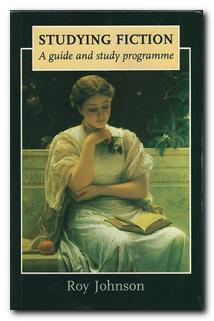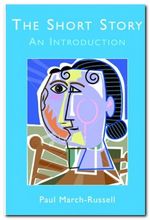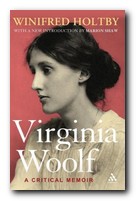annotated bibliography of criticism and comment
Henry James criticism is a bibliography of critical comment on Henry James and his works, with details of each publication and a brief description of its contents. The details include active web links to Amazon where you can buy the books, often in a variety of formats – new, used, and as Kindle eBooks. The listings are arranged in three sections – Biography, Sexuality and Gender, and General criticism.
The list includes new books and older publications which may now be considered rare. It also includes print-on-demand or Kindle versions of older texts which are much cheaper than the original. Others (including some new books) are often sold off at rock bottom prices. Whilst compiling these listings I bought a brand new copy of Harry T. Moore’s excellent illustrated biography of Henry James in the Thames and Hudson ‘Literary Lives’ series for one penny.
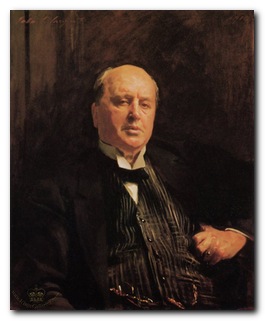
Biography
Henry James at Work – Theodora Bosanquet, University of Michigan Press, 2007. A memoir of James’s working methods written by his former secretary.
Henry James: Autobiography – F.W. Dupee (ed), Princeton University Press, 1983. Three autobiographical volumes in one.
Henry James: A Life – Leon Edel, HarperCollins, 1985. This is now regarded as the definitive biography.
Henry James: A Life in Letters – Philip Horne (ed), Penguin Classics, 2001. An edited selection from James’s voluminous correspondence.
Henry James: The Imagination of Genius – Fred Kaplan, Johns Hopkins University Press, 1999. An alternative biography of James.
The Notebooks of Henry James – Oxford University Press, 1988. A glimpse into prliminary ideas, notes, and plans for the novels and shorter fiction.
Henry James – Harry T. Moore, Thames and Hudson, 1999. An illustrated biography and introduction to his work.
Sexuality and Gender
Henry James and Sexuality – Hugh Stevens, Cambridge University Press, 2008. A critical study in sexuality and gender.
Henry James’s Thwarted Love – Wendy Graham, Stanford University Press, 2000. Mental hygiene, sexology, psychiatry, and cultural anthropology.
A Woman’s Place in the Novels of Henry James – Elizabeth Allen, London: Macmillan Press, 1983. A study of female portrayal and characterisation in the novels.
Henry James, Women and Realism – Victoria Coulson, Cambridge: Cambridge University Press, 2009. The importance of women in James’s life and work.
Henry James: His Women and His Art – Lyndall Gordon, London: Virago Press, 2012. The role of significant women in James’s life and work.
Henry James and the Imagination of Pleasure – Tessa Hadley, Cambridge University Press, 2009. A study of the liberating power of sexuality in the later novels.
Portraying the Lady: Technologies of Gender in the Short Stories of Henry James – Donatella Izzo, University of Nebraska Press, 2002. A study of the cultural representation of femininity in James’s short fiction
General criticism
Henry James: A collection of critical essays – Leon Edel (ed), Prentice Hall, 1963. A selection of ‘modern’ critical studies.
Ring of Conspirators: Henry James and his Literary Circle – Miranda Seymour, Orion Hardbacks, 1988. James’s circle of writers in his later years.
A Companion to Henry James – Greg W. Zacharias, Wiley-Blackwell, 2014. A collection of critical essays and studies
Henry James and the Past: Readings into Time – Ian F.A. Bell, London: Palgrave Macmillan, 1991. James, consumerism and the new marketplace.
Meaning in Henry James – Millicent Bell, Cambridge (MA): Harvard University Press, 1993. Ambiguity and interpretation in the major works.
Henry James (Modern Critical Views) – Harold Bloom (ed), Chelsea House Publishers, 1991. A collection of major critical essays.
Henry James’s Narrative Technique – Kirstin Boudreau, London: Palgrave-Macmillan, 2010. A study of consciousness in the author and his characters.
A Companion to Henry James Studies – Daniel Mark Fogel, Greenwood Press, 1993. Twenty original essays divided into sections on Criticism and Theory, Fiction, and Non-fiction.
Henry James’ American Girl: The Embroidery on the Canvas – Virginia C. Fowler, Madison (Wis): University of Wisconsin Press, 1984. The psychology, literary function, and cultural roots of the new American girl.
The Cambridge Companion to Henry James – Jonathan Freedman, Cambridge University Press, 1998. A collection of essays providing a critical introduction to James’s work.
Henry James: The Critical Heritage – Roger Gard (ed), London: Routledge, 2013. – A selection of critical essays first published in 1968.
Henry James: The Later Writing – Barbara Hardy, Northcote House Publishers, 1996. Close readings of the late novels, autobiography, travel writings, and criticism.
Henry James: A study of the short fiction – Richard A. Hocks, New York: Twayne Publishers, 1990. Close readings and critical analyses of the major short fictions.
Henry James Against the Aesthetic Movement – David Garret Izzo, McFarlane & Co Inc, 2006. Eleven essays on the middle and late fiction.
Transforming Henry James – Anna De Biasio (ed), Cambridge Scholars Publishing, 2013. New critical perspectives on issues of gender and sexuality, economics, friendship and hospitality, and visual culture.
Henry James and the Language of Experience – Colin Meissner, Cambridge University Press, 2009. Literary theory and close readings of James’s work argue for a redefinition of the aesthetic.
The Prefaces of Henry James – John Pearson (ed), Pennsylvania State University Press, 1993. James’s accounts of how his major works came to be created – written in 1912.
The Comic Sense of Henry James – Richard Poirer, Oxford: Oxford University Press, 1967. A critical study of the early novels.
Henry James and the Philosophical Novel – Merle A. Williams, Cambridge University Press, 2009. The similarities between James’s later works and the philosophy of Merleau-Ponty; and the deconstructive strategies of Jacques Derrida.
Henry James: The Major Novels – Judith Woolf, Cambridge University Press, 1991. An introduction to the major novels for the non-specialist reader.
Henry James: A Collection of Critical Essays, Ruth Yeazell (ed), London: Longmans, 1994. A collection of stimulating critical writing plus an introduction to the author’s life and work, a chronology of important dates, and a selected bibliography.
© Roy Johnson 2015
More on Henry James
More on literature
More on the novella
More on literary studies
More on short stories
